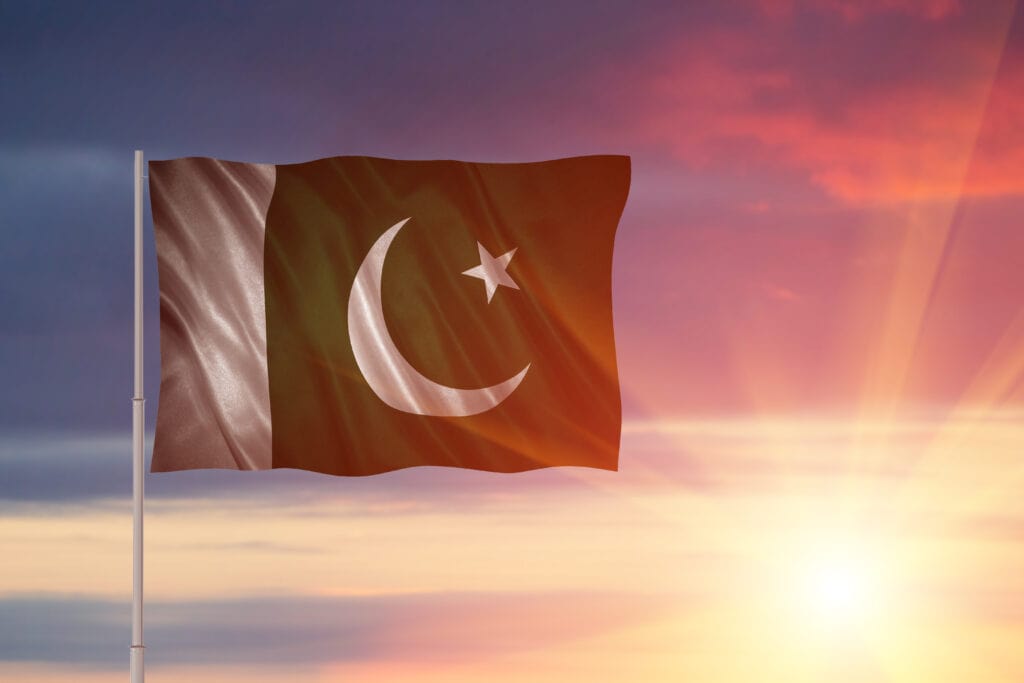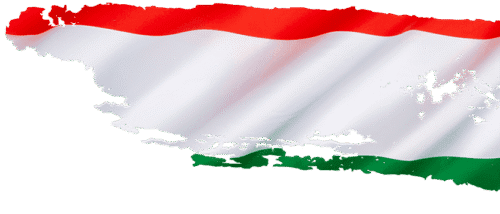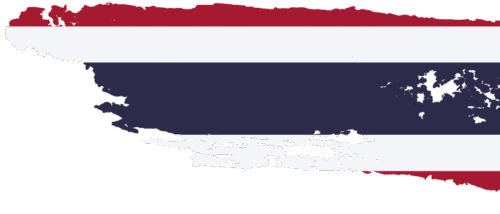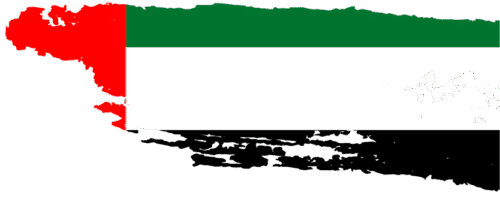The Pakistan passport reveals an enthralling story of growth and persistence. It has paralleled the nation’s progress from the first-ever formation to the digital era. In the 1970s, pioneering security measures bolstered its defences. Biometric integration signalled a fundamental change in embracing the digital age.
Today. The Pakistani passport is a symbol of confidence, recognised internationally for its security capabilities. Diplomatic contacts and global events have changed visa regulations, influencing the passport’s narrative.
Moreover, notable modifications have addressed issues and made the Pakistani passport issuance process more efficient. With an eye on the future, the Pakistani passport evolves to represent the country’s features in the global arena.
In this blog, we will explore the history of the Pakistani passport from origin to security measurement and challenges to help you make your decision more informed.
Inception of the Pakistani Passport

Following the partition in 1947, Pakistan- the newly formed nation, faced the critical challenge of defining its identity in the world arena. This search for acknowledgement manifested in the creation of the Pakistani passport, a document that captures a nation’s historical journey.
The first Pakistani passport reflected the turbulent times. As the country struggled with its newfound autonomy, these passports functioned as physical emblems of identity, independence, and travel credentials. The passports were austere in their initial stages, reflecting the problems that the country experienced in those early years.
The geopolitical landscape of the post-independence era influenced the earliest designs and characteristics of the passport. The green and white colours of the national flag became prominent, symbolising the Pakistani people’s unity and power. While primitive by today’s standards, these early passports contained the aspirations of a nation seeking to establish its position in the global world.
The Pakistani passport has changed in response to geopolitical developments and technical advances. Adding biometric data, security features, and compliance with international standards were critical stages in the documents’ development. The passport evolved from a simple piece of paper into a complex national identity emblem resonating with Pakistani’s hopes for a modern and safe future.
The origin of the Pakistani passport is more than just a historical footnote; it is a story of persistence, flexibility, and the search for a separate identity. In all of its incarnations, the Pakistani passport has served as a poignant reminder of the country’s path from division to prominence in the international world.
Let’s explore how the evolution and security measures undertaken to make Pakistani passports more prominent.
Pakistani Passport Evolution and Advancement in Security Measures

The Pakistani passport substantially transitioned from the 1970s to the 1990s, marking a critical crossroads in its growth. This era is characterised by increased security concerns, prompting the adoption of ground-breaking security technologies.
These enhancements were not only ornamental; they were the passport’s first line of defence against the rising menace of counterfeiting. You must understand the following steps taken to advance security measurement:
- Watermarking
Introducing watermarks was one of the most significant security advances during this period. These elaborate motifs, invisibly incorporated into the passport pages during the paper manufacturing process, functioned as a visible and hidden security factor.
Watermarks were difficult to imitate, making it difficult for counterfeiters to recreate the legitimacy of the passport. This feature significantly improved the document’s security.
- Holographic Characteristics
In addition to watermarks, the Pakistani passport has holographic features. Holograms are three-dimensional, aesthetically appealing features that are virtually hard to recreate correctly.
They improved the document’s visual appeal and acted as a solid anti-counterfeiting safeguard. These holograms would create a distinct and detailed pattern, giving authorities an instant visual clue to check the passport’s legitimacy.
- Improved Printing Processes
Adopting advanced printing processes was another essential part of strengthening passport security during this period.
Microprinting was one of these techniques, which involved printing microscopic text or patterns that were practically undetectable to the human eye but could be spotted with magnification. This made it incredibly difficult for counterfeiters to copy passport pages correctly.
- Secure Document Production
The security protections went beyond the passport to the manufacturing process. Passport printing became more carefully supervised and monitored to avoid unauthorised duplication. The government invested in secure printing facilities and techniques to ensure tamper-proof passports.
The era from the 1970s to the 1990s saw a significant improvement in the security of Pakistani passports. All these factors were more than cosmetic additions; they are an unbreakable barrier against counterfeiting. These trailblazing security features pave the way for future advances in passport security and, eventually, the document’s legitimacy and integrity worldwide.
In the next section, we will discuss how E gates and automated systems added to the value of Pakistani passports.
Enhancing the Power of the Pakistani Passport With E-Gates and Automated Systems

The Pakistani passport has experienced a transformational metamorphosis in the dynamic world of 21st-century travel, particularly in deploying smart technologies. Automation, notably electronic gates, became a cornerstone of passport control in the 2010s, altering the travel experience and enhancing security measures.
Let’s take a look at significant security factors that helped in the improvement of the Pakistani passport:
- Emergence of E-GATES
The introduction of electronic agents revolutionised the border control system. These automated technologies help you enter and depart international airports more quickly. These gates were the focal point of a technology change in Pakistan, expediting passenger processing and boosting security procedures.
- Intricate Biometric Integration
At the centre of this automation is the incorporation of advanced biometric technology. The Pakistani passport includes biometric data, such as fingerprints and face recognition, for identification verification.
This decreased reliance on human checks and improved the overall accuracy and efficiency of the border control procedure.
- Seamless Travel Experience
Providing a seamless and efficient travel experience was one of the critical goals of deploying E-gates. Travellers holding Pakistani passports with biometric data might pass border control without waiting for lengthy physical examinations. This cut wait times and made the surroundings more comfortable and traveller-friendly.
- Enhanced Security Measures
E-gates were speedy and raised security standards. The use of advanced biometrics meant that only persons with confirmed and authenticated identities were allowed to pass through the gates.
This additional layer of protection lowered the danger of unauthorised entrance dramatically, making the border control operation more robust and dependable.
- Increased Accuracy and Authentication
The use of sophisticated biometrics in E-gates provided an unprecedented degree of accuracy in authentication. The technology’s ability to match facial features or fingerprints with data in the passport database gave a failsafe technique for confirming the traveller’s identification. This precision became a valuable weapon against identity and unauthorised border crossings.
- Evaluation of Smart Border
Using E-gates represents a more significant worldwide trend towards creating smart borders. These intelligent border control systems use technology to improve security, spite operations, and allow authorised travellers to pass freely.
Integrating the Pakistani passport with E-Gates is a global movement towards more advanced and efficient border administration.
As you traverse the modern world of fast travel, you will understand that the Pakistani passport has embraced automation through E-Gates and enhanced biometrics. These technology improvements contribute to a smoother travel experience and symbolise a paradigm shift in passport control, ushering in a new era of security and efficiency.
Read on more to uncover the action taken by the Pakistani government toward cybersecurity challenges and mitigations.
Proactive Approaches by the Pakistani Government Towards Cybersecurity Challenges and Mitigations

While the digital revolution was transformational, It also brought enormous hurdles, particularly in safeguarding sensitive data found in passports. Passport data, a vital component of national security, has been vulnerable to cyber assaults.
Recognising the seriousness of the issue, the Pakistani government responded with steadfast dedication, putting in place strong cybersecurity measures to bolster its defences against hostile factors and safeguard the passport’s reliability.
The following are the major actions undertaken by the Pakistani government to deal with the cybersecurity challenges:
- Vulnerabilities and Digital Revolution
Passport data, which contains susceptible personal information, has become a lucrative target for hackers looking for unauthorised access, identity theft or even the manufacture of counterfeit passports.
A proactive strategy was required owing to the fragility of this data and to eliminate the opportunities for cyber attacks.
- Adopting Strict Cybersecurity Measures
Recognising the changing risk landscape, the Pakistani government developed a proactive approach to protecting passport data. Strict cybersecurity precautions were implemented throughout the passport issuing and administration infrastructure.
This included physical data centre protection, complete cyber security, breaches, and unauthorised access procedures.
- Secure Communication and Encryption
Encryption has become a cornerstone of cybersecurity measures to safeguard the confidentiality and integrity of passport data. Advanced encryption techniques ensured all communication channels involved in passport-related activities, whether internal or external. This ensures that sensitive data is not available to unauthorised parties during transmission.
- Multi-Factor Authentication
Recognising that passwords alone would not be sufficient in the face of advanced cyber threats, Multi-factor authentication was implemented in the passport system. Before accessing critical systems,
MFA requires users to submit several kinds of identity, such as a password and a unique verification code message, to a mobile device.
- Security Audits and Updates Regularly
Continuous monitoring, frequent security audits, and timely upgrades are all part of a proactive cyber security approach to enhance defences against emerging threats.
The Pakistani government built a strong structure for frequent security assessments to uncover vulnerabilities and timely upgrades to the passport system, maintaining its resilience to merging cyber risks.
- Working With Cybersecurity Professionals
Recognising the fluid nature of cybersecurity threats, the Pakistani government began working with cybersecurity professionals and organisations.
These agreements allowed the exchange of threat intelligence, best practices and the deployment of cutting-edge cybersecurity technology, improving the passport system’s overall resilience.
- Public Awareness
Aside from technological solutions, the government spent money on public awareness and education campaigns. Passport holders were trained on cybersecurity hygiene, including personal information protection and online vigilance.
This collaborative strategy aimed to develop a cyber-aware society committed to collectively securing critical airport data.
In an age where information is a precious commodity, Pakistan’s commitment to cybersecurity ensures that its passports are not merely emblems of identity but also beacons of trust and security worldwide.
Let’s look at the new possibilities you can enjoy with powerful passports.
Current Possibilities With the Evolving Power of the Pakistani Passport

The Pakistani passport has recently changed, increasing its importance internationally. With diplomatic advances, agreements on visa liberalisation, and improved global connections, Pakistani nationals are on the verge of unimaginable prospects. The Pakistani passport has achieved visa-free entry to over 14 countries as of the most recent update in 2024, making travel for its holders easier.
Apart from the value of a Pakistani passport extending beyond hassle-free travel, it is a key to opportunity in education and the economy. Due to increased diplomatic efforts, Pakistan has strengthened international relations by participating actively in international forums.
Therefore, Pakistani professionals, business people and students have broad horizons since they can look into overseas employment, investment and educational prospects.
The potential for Pakistani passports is set to increase as geopolitical factors continue to change. Ongoing diplomatic initiatives, economic partnerships and a dedication to international cooperation will heavily affect the future of the passport’s influence.
Hence, in this age of globalisation, you can consider a Pakistani passport as it serves as a means of travel and represents the country’s rising importance on the world stage and the numerous options it offers its holders.
Rise and Global Ascension of the Pakistani Passport
The Pakistani passport is on the edge of a new age, defined by recent changes and anticipated future advancements. These advances highlight its growing significance beyond a conventional travel passport, symbolising Pakistani’s commitment to global connectivity and diplomatic ties.
Pakistani passport holders can travel more easily and securely. Consider renewing or applying for a passport to experience these changes firsthand and stay informed on the unfolding opportunities.
































